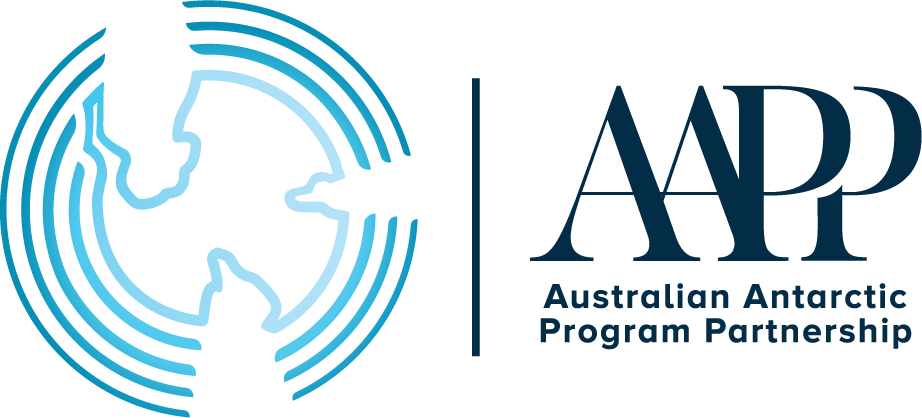PROJECT 4: Oceanography
The infrequent ship-board sampling will be complemented by investment in autonomous profiling floats that will provide year-round observations of the East Antarctic sector of the Southern Ocean, including novel biogeochemical sensors and new floats capable of profiling the full ocean depth. The profiling floats provide the only feasible means of tracking changes in the ocean inventory of heat and carbon over broad regions, an essential step to meet the ASCI objective to understand the role of the Antarctic region in the global climate system. Satellite remote sensing will provide additional spatial and temporal context for the less frequent and spatially sparse in situ measurements, including exploitation of the upcoming Surface Water Ocean Topography (SWOT) satellite mission that will provide measurements of sea-surface height across a swath for the first time, and advances in ocean biomass estimates from satellite LIDAR instruments. The observational work will be carried out in close collaboration with IMOS, an AAPP Partner. A hierarchy of numerical models, from ultra-high-resolution process models to global Earth system models, will be used to assess the impacts of Southern Ocean change and the sensitivity of physical and biogeochemical processes to changes in climate.
The key science questions for this project are:
- How will changes in ocean circulation and temperature affect East Antarctic ice shelves? The project will determine where and how ocean heat reaches East Antarctic ice shelves and provide improved understanding of the factors that regulate poleward ocean-heat transport across the Southern Ocean to the ice-shelf cavity.
- How will Southern Ocean feedbacks (e.g., changes in ocean heat & carbon uptake, sea ice and freshwater) alter the pace of climate change? The project will assess how and why the ocean is changing with time, identify the processes responsible for heat and carbon uptake and their sensitivity to change in ocean circulation/stratification, and work with AAPP Project 6 to assess the contribution of changes in ocean circulation to change in sea ice.
- What processes and teleconnections link the climates of Australia and Antarctica, and what do these tell about future change? We will explore the role of teleconnections in driving variations in ocean circulation and water-mass formation and provide measurements of ocean-heat content for assessment of SO influence on Australian climate.
- How will the changing physics and chemistry of the Southern Ocean and Antarctica influence marine life? The project will deliver assessments of change in the physical environment (temperature, salinity, currents, stratification, upwelling) of the Southern Ocean, as needed by other AAPP projects.
- What is the cause of persistent biases in climate models (e.g., clouds, sea ice) and how can these processes be better represented in climate models? The project will provide better understanding of how the surface ocean influences the lower atmosphere and sea ice.


